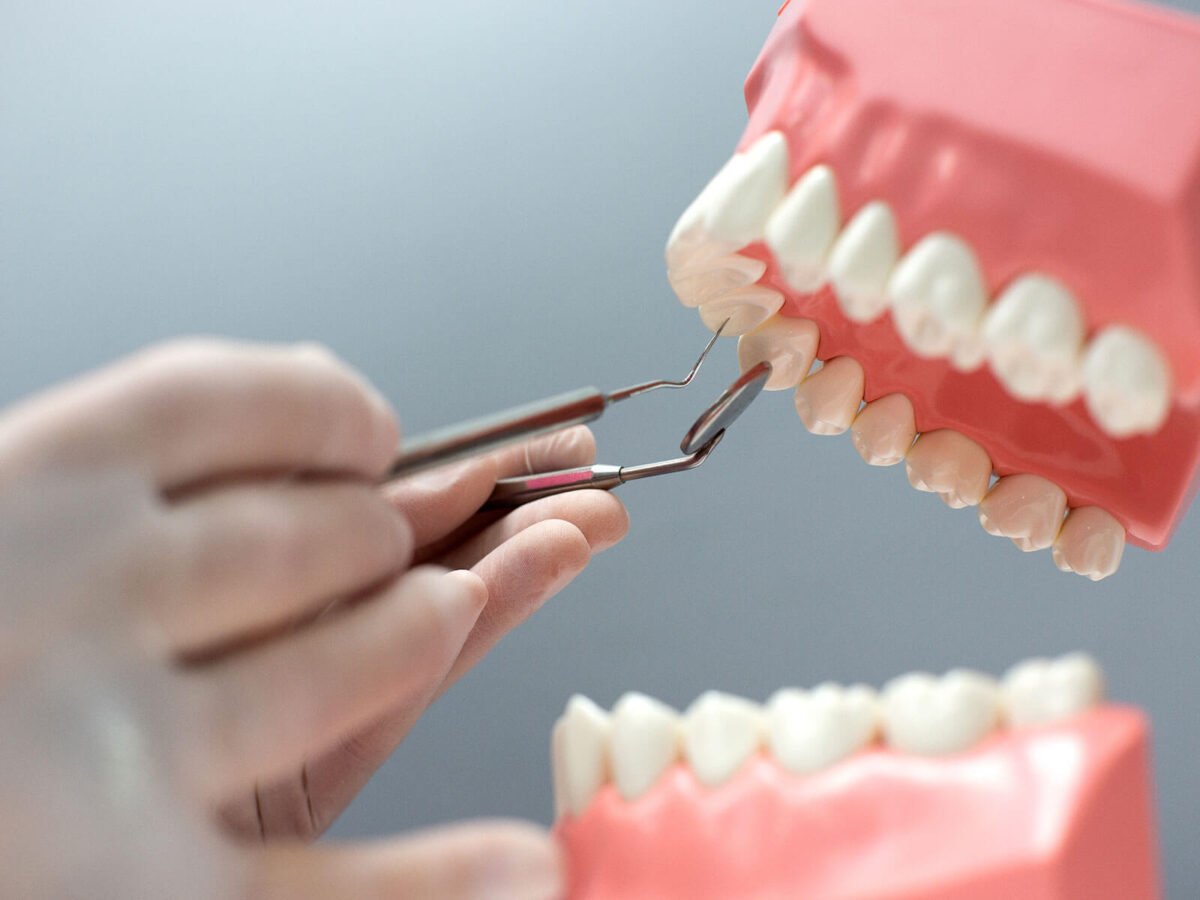Blog
Dental hygiene tips for healthy teeth & gums

Dental Composite Bonding: 6 Things You Need To Know
Dental composite bonding is a versatile cosmetic dentistry technique that addresses a range of aesthetic issues while offering a quick and efficient way to enhance the appearance of teeth. Composite bonding is a minimally invasive and aesthetically pleasing solution for correcting chipped, discolored, or misshapen teeth. Here are six essential things you should know about dental composite bonding.
1. What Is Dental Composite Bonding?
Dental composite bonding is a cosmetic dentistry procedure that uses a tooth-colored resin material to enhance the appearance of teeth. The composite resin is applied, molded, and bonded to the tooth’s surface, allowing the dentist to address various aesthetic concerns. This method is commonly used for:
- Repairing chipped or cracked teeth, filling minor gaps, and crevices.
- Correcting tooth discoloration, matching stained or discolored teeth to the natural shade of surrounding teeth.
- Quick and straightforward: Dental composite bonding is notably efficient, often completed in a single visit to the dentist’s office.
2. Consultation:
The process begins with a consultation during which the dentist discusses the patient’s goals and assesses the teeth to determine the best approach.
3. Tooth Preparation:
Minor tooth surface preparation may be necessary in some cases, with the dentist gently roughening the tooth to ensure a secure bond.
4. Bonding Agent Application:
A bonding agent is applied to the prepared tooth surface, enhancing the adherence of the tooth to the composite resin.
5. Layering and Sculpting:
The composite resin is applied in layers, with each layer carefully sculpted to achieve the desired shape and appearance.
6. Curing:
A specialized curing light is used to harden the composite resin and securely bond it to the tooth.
7. Trimming and Polishing:
After the resin has been set, the dentist will trim, shape, and polish the bonded composite to create a natural and flawless finish.
8. Cosmetic Correction Versatility:
Dental composite bonding is a versatile solution for various cosmetic dental concerns, including preserving the integrity and appearance of slightly damaged teeth, filling gaps, disguising tooth discoloration, and reshaping uneven teeth.
9. Physical Appearance:
One of the primary benefits of dental composite bonding is its ability to achieve a natural look. The bonding composite resin is color-matched to the patient’s natural tooth shade, ensuring a seamless blend with the surrounding teeth. Skilled dentists can shape the resin to match the contours and characteristics of real teeth, resulting in an aesthetically pleasing and lifelike result.
10. Durability and Maintenance:
While dental composite bonding is a durable solution, it is important to note that it may not be as resistant to discoloration or wear as other restorative materials like porcelain. Patients are advised to avoid habits that could lead to staining, such as smoking or excessive consumption of staining beverages like coffee or red wine.
11. Considerations and Limitations:
While dental composite bonding is a versatile and effective cosmetic treatment, there are several factors to keep in mind, including the potential for staining and the need for good maintenance. It may not last as long as materials like porcelain veneers, but with proper care, it can significantly enhance the appearance of teeth over the long term.
Conclusion:
Dental composite bonding is a popular and effective cosmetic dentistry technique known for its versatility and ability to enhance smiles. It offers a fast and minimally invasive approach to addressing minor imperfections or making more substantial cosmetic improvements.
